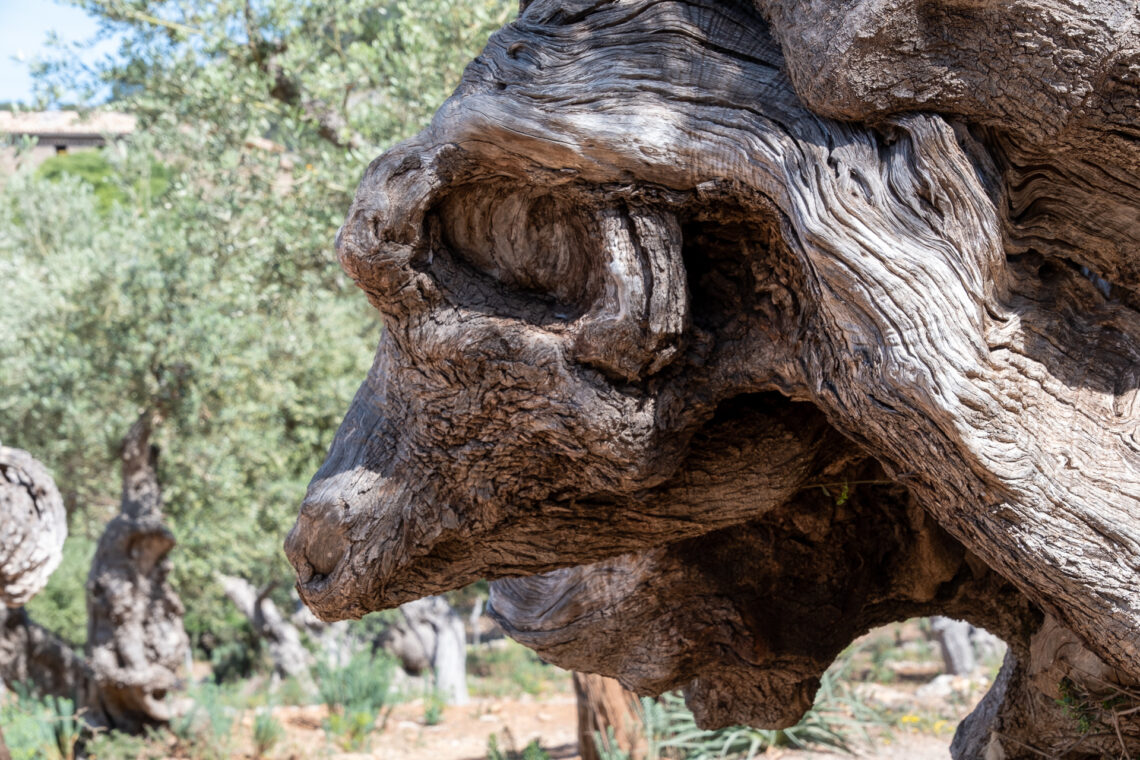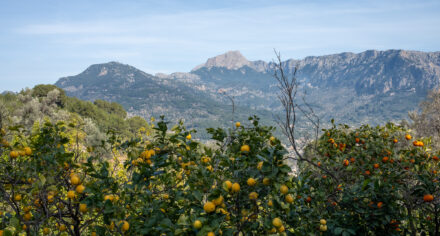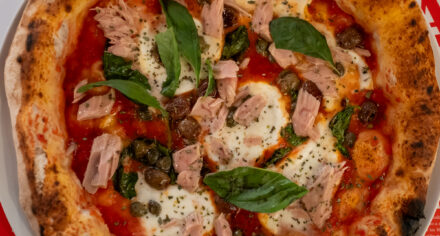Wandering along olive groves you may spot strange creatures. The face of a sheep or bear, maybe, even an elephant with a long trunk. Intertwined lovers and dancers who seem to be frozen in mid-spin, as if in a fairy tale. It’s World Olive Day, this week. Time to celebrate this precious fruit, essential ingredient and symbol of the Mediterranean diet. For centuries, olives on Mallorca have shaped the cultural landscape of the island.
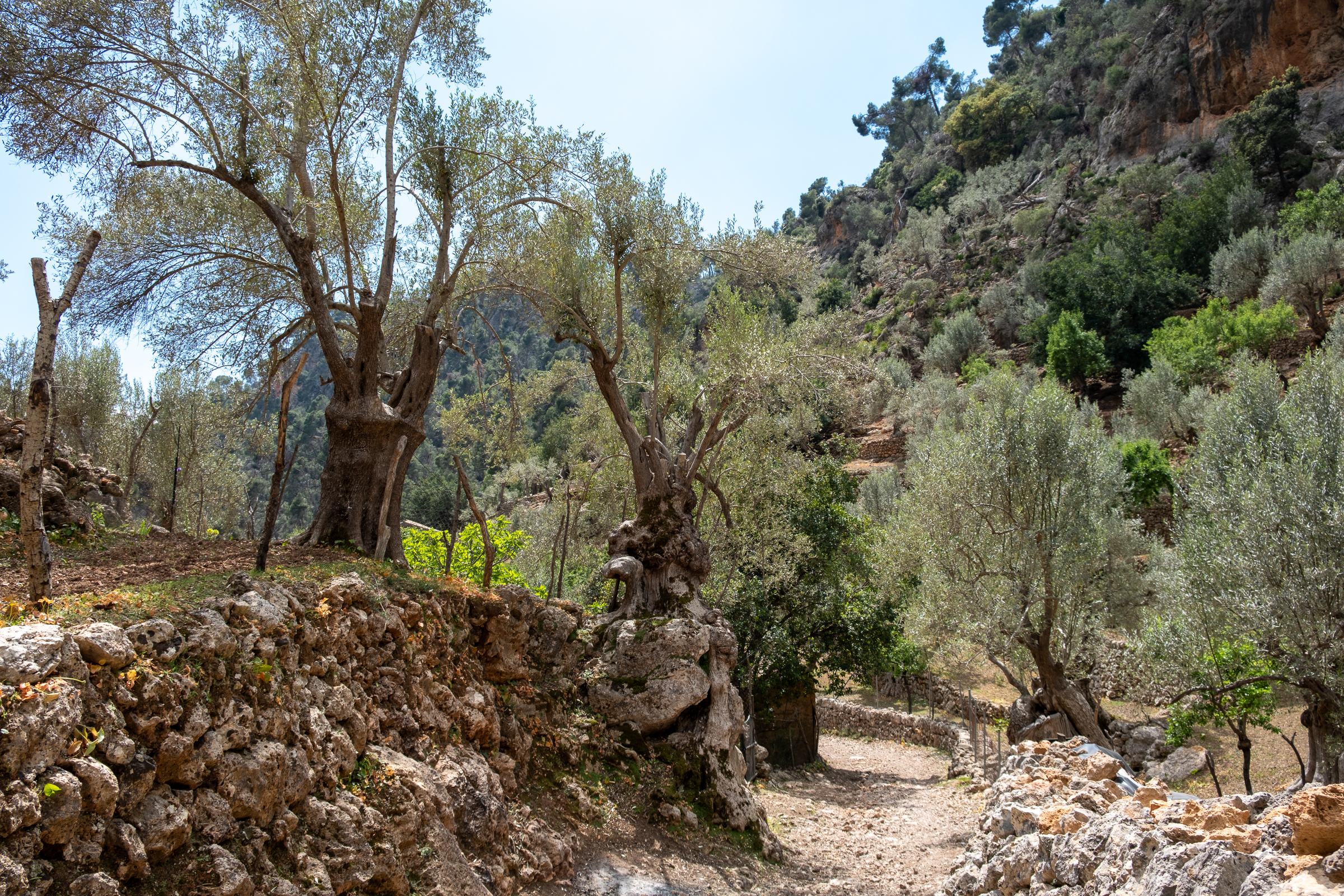
Olive trees can get more than a thousand years old, an unbelievable age. Some of them are dry and completely hollowed out from the inside. And yet they sprout fresh branches.
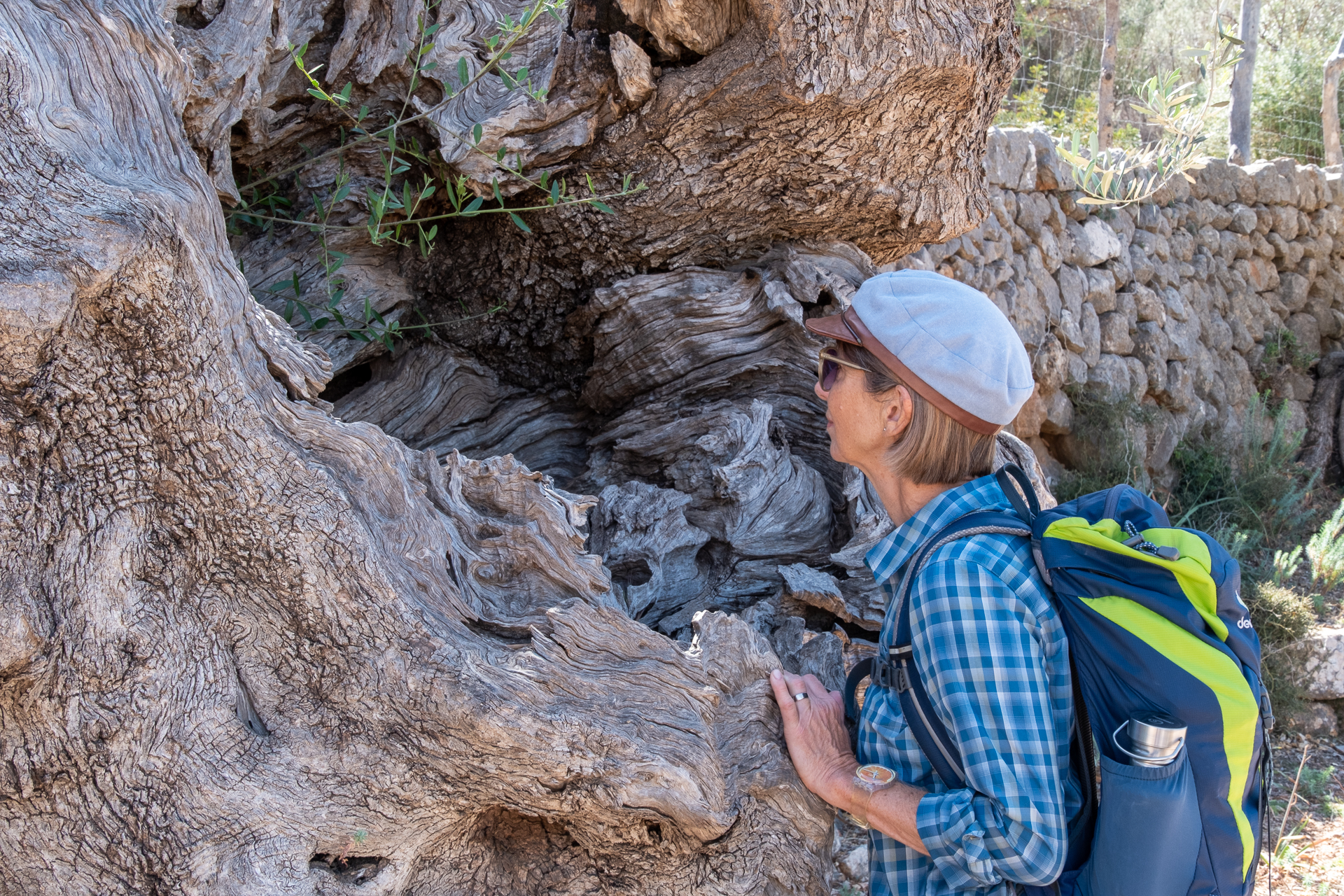
The History of Olives on Mallorca
The history of cultivating aceitunas and manufacturing aceite on Mallorca is long and changeful. Port de Sóller was an important harbor for the export of olives. And although the Sóller valley is better known for its oranges and lemons, olives are still grown here.
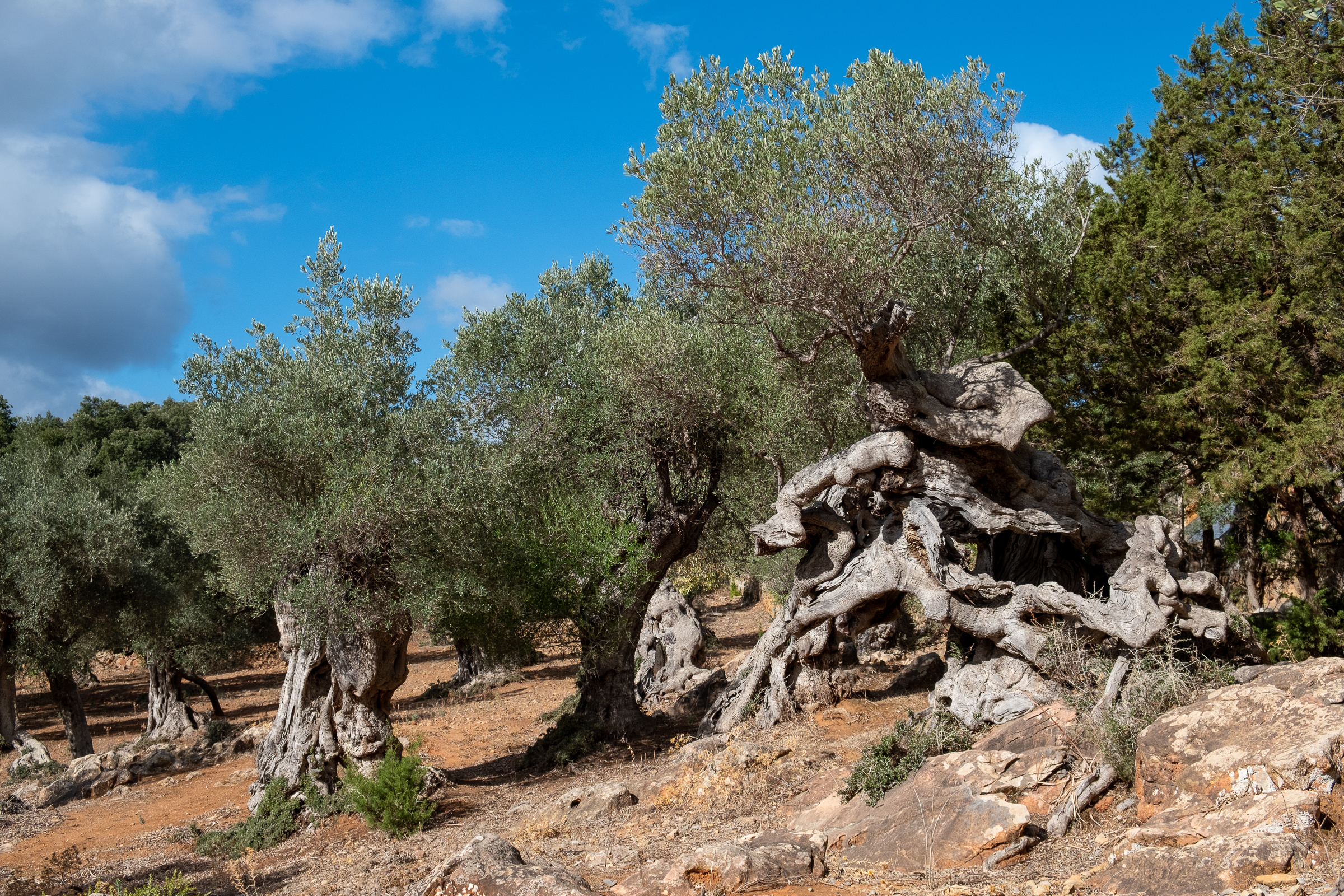
The Suc de Cel (juice of heaven) was even named the best organic cold-pressed virgin olive oil worldwide. Of course, it also bears the D.O. label which certifies its Mallorcan origin.
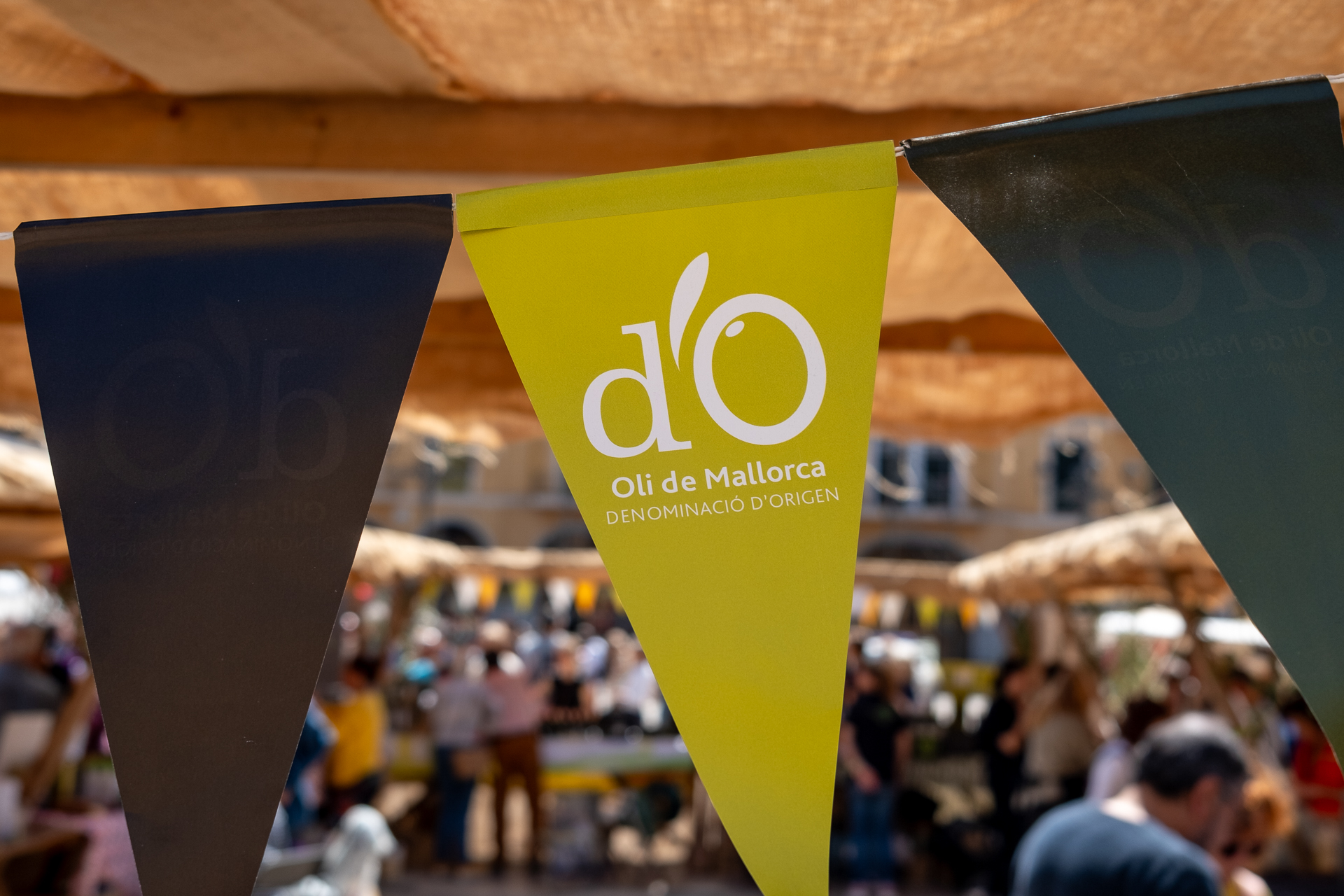
Oli de Mallorca
Oli de Mallorca is the hallmark of olive oils from the island. And the association of manufacturers maintains a proud tradition. Today, four varieties of olives on Mallorca – Mallorquina, Empeltre, Picual and Arbequina – are cultivated and processed.
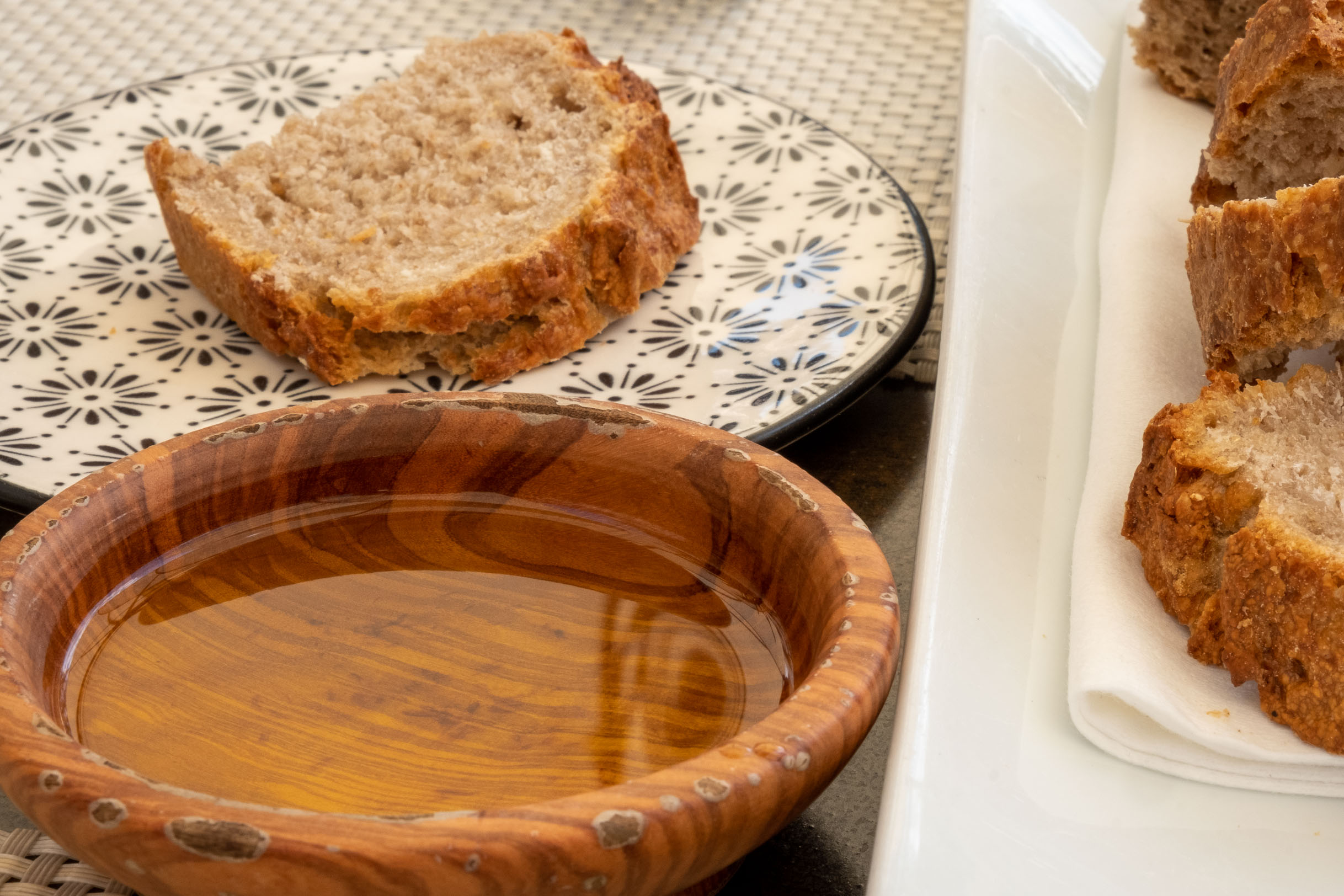
Olive oil is omnipresent in Mallorcan cuisine. It is found in almost every dish, whether for dressing salads, for frying or preparing sauces. Often, a meal starts with a small bowl of olives, or some bread with olive oil and salt. Without the liquid gold, there would be neither the famous pa amb oli nor a simple tostada.
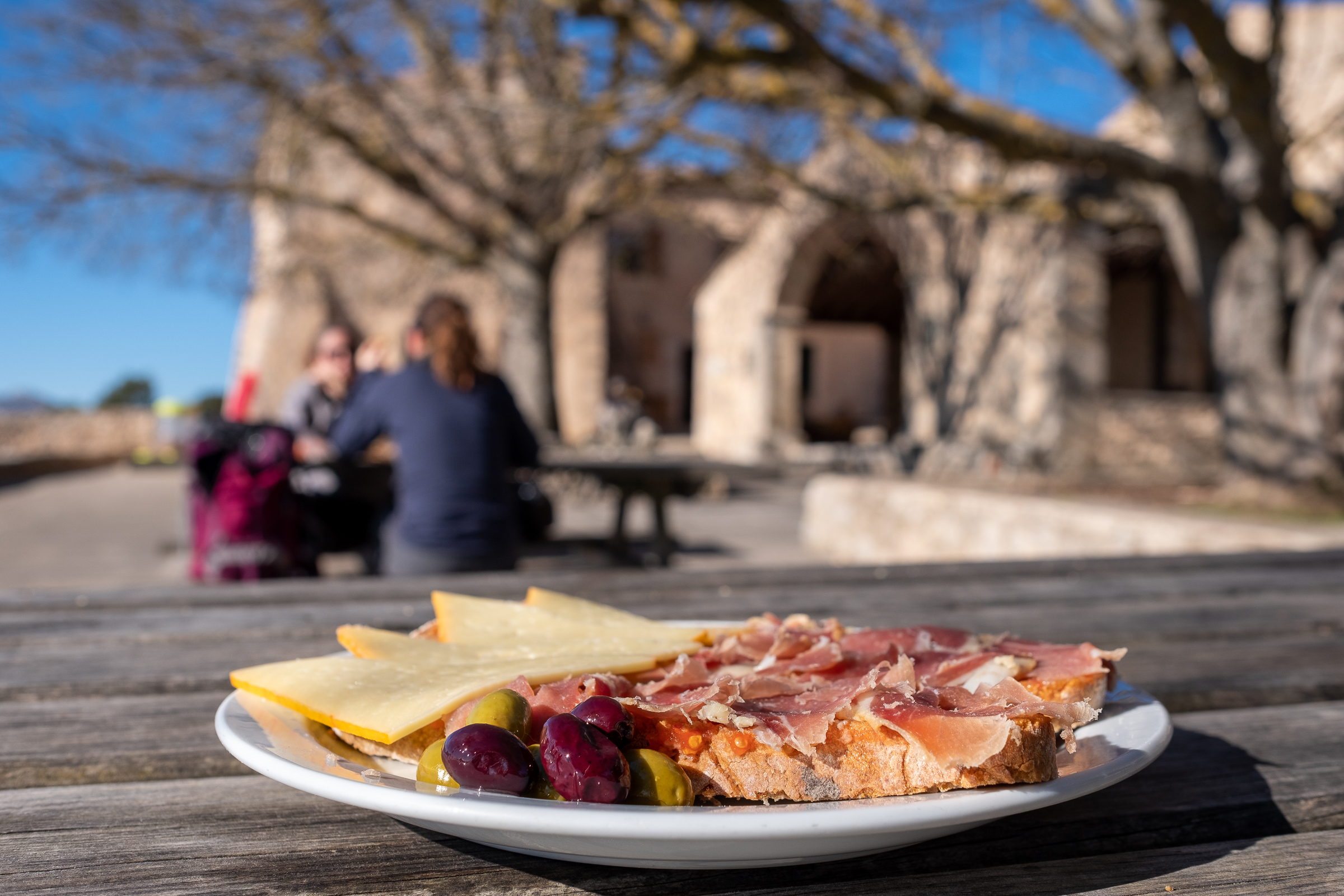
Sunshine in a bottle
And like wine a bottle of olive oil is a great way to preserve the summer sun and the Mediterranean breeze. To enjoy both even in the middle of winter, or to give as a gift to a loved one.
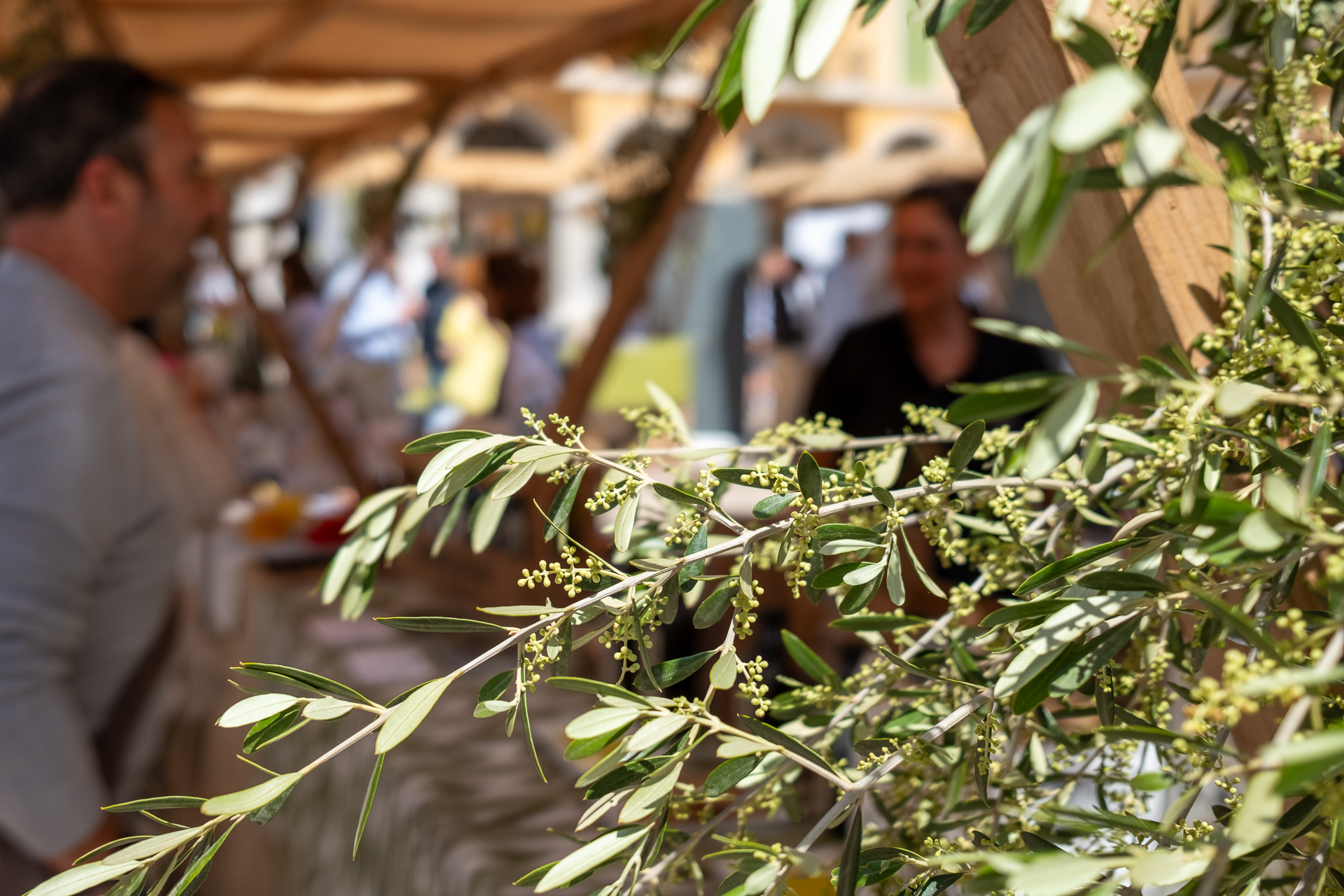
An olive branch is also a symbol of peace and friendship that dates back to ancient Greek mythology. ![]()

